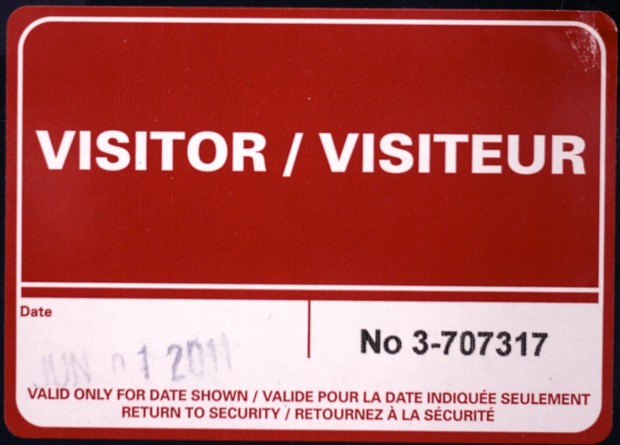The Oxford English Dictionary defines an expert as
> A person who has a comprehensive and authoritative knowledge of or skill in a particular area.
Experts are individuals who, through specialized training, are able to perform specific tasks that are out of the reach of others. I know what it takes to become an expert having spent most of my twenties in university earning a PhD in physics. I am an expert in a narrow field of quantum optics, and work daily with other experts in the same topic.
When experts communicate with one another they tend to use jargon. This jargon can speed the transfer of ideas, but leave those not initiated lost. When I attend talks given by experts in other fields in physics, I spend much of the time trying to decipher what the special terms they bandy about mean. The use of jargon is at best laziness; at worse it is a purposefully erected barrier designed to protect the exclusive knowledge of experts. If you cannot understand what an expert is talking about it is nearly impossible to challenge them.
Communicating effectively is hard. An idea at the cutting edge of human knowledge and experience can be complex, technical, and obscure. Unpacking an idea—peeling back the layers of assumptions and jargon—unleashes its true power. This process forces one to wrestle in new ways with an idea; to polish it until it becomes a glistening pearl of clarity that others will find precious.
I am not advocating the dumbing down of ideas. Everyday we are bombarded by sound bites and simplistic, inadequate, characterizations. One needs to look no further than the last political campaign to see this dumbing down at work. Instead of rational, earnest, discussions about the issues of the day, politicians resort to slogans and caricatures of their opponents. For an even baser example of this, just read the comments section of the typical Engadget post about an Apple product that devolves into a petulant flamewar between fanbois.
What I am suggesting is that as experts we work hard to eliminate all the barriers to our communication. When speaking with the general public try to convey the big picture of your idea. How does it fit in with their lives. Why is it important? What is interesting about it. I have found that asking these questions about my own research has dramatically improved my ability to communicate with other experts inside and outside my field (and funding agencies).
Nobody likes to be made to feel stupid; get rid of the isolating jargon and grapple instead with the essence of your ideas. Ideas want to have sex. Jargon and unneeded complexity are a venereal disease that keeps ideas from finding a mate. Good ideas get around.























